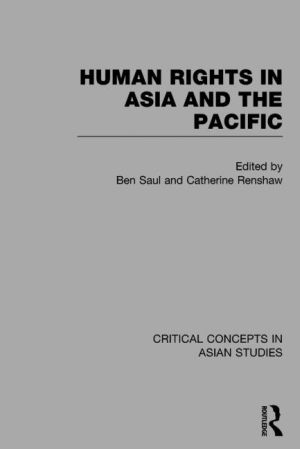
While the Asia Pacific region is one of the world's largest by population size, it has long been known for having the least developed regional and national institutional mechanisms for protecting human rights, particularly compared to the well-developed systems in Europe, the Americas, and increasingly in Africa. Asia has the least uptake of human rights treaties of any region in the world, and serious human rights violations are documented as occurring in numerous countries in the region. Asia has also presented conceptual challenges to the universality of international human rights, for instance through arguments about 'Asian values' (the collective over the individual, the economic over the political, compromise over adjudication) being inconsistent with western notions of rights. At the same time, innovative human rights practices and protections have been developed in some jurisdictions, and increasingly at the transnational level.
There is increasing scholarly and practitioner interest in human rights in the Asia and Pacific regions, driven in part by recent efforts by the Association of South East Asian Nations (ASEAN) and the Pacific Islands Forum (PIF) to enhance human rights protections in those sub-regions. This edited collection makes a timely and distinctive contribution to the literature by bringing together the leading scholars in the field who have written across the gamut of thematic human rights issues in Asia and the Pacific. A particular strength of the collection is its inclusion of significant Asian and Pacific authors, who are sometimes under-represented in the mainstream legal debates. The work will be of interest to a scholarly and student audience in law (international, comparative Asian, public, constitutional, and human rights), as well as to readers in international relations, political science, Asian studies, and human rights.